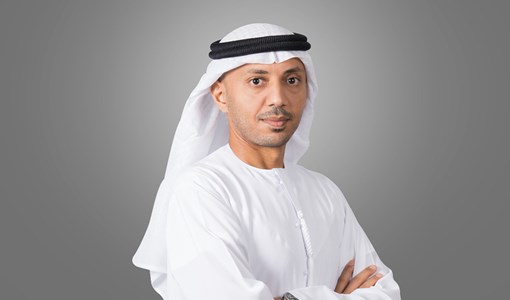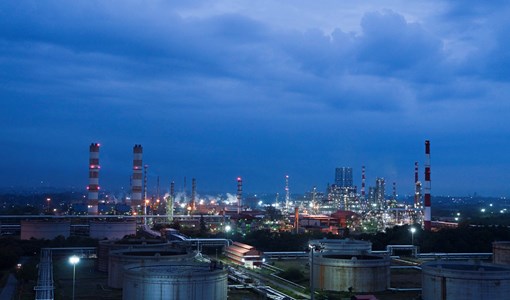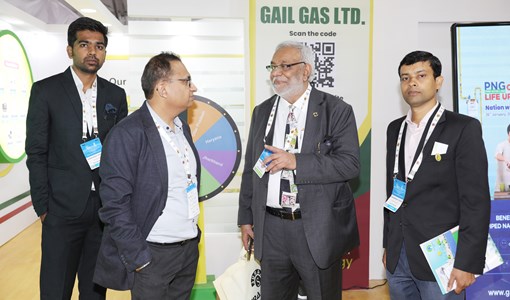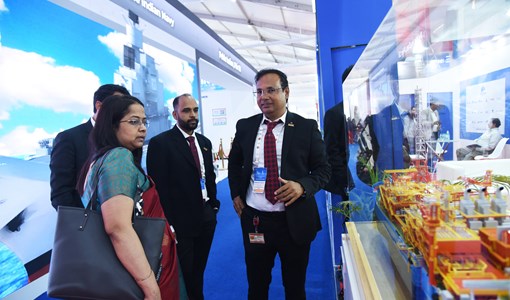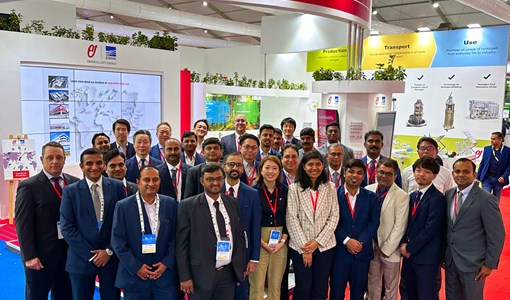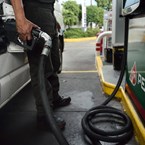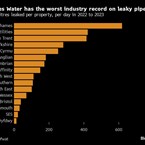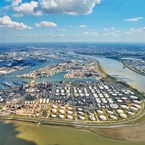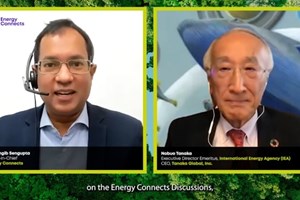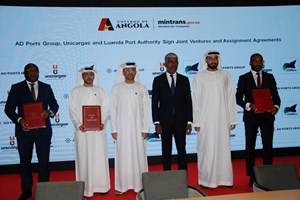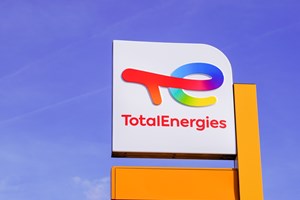Capturing data on the journey towards oil and gas 4.0
Dick Larkin, global strategic advisor for Oil, Gas and Process industries at Bentley Systems speaks to Pipeline Magazine’s Nadia Saleem about game-changing technology aimed for oil and gas 4.0
Can you tell me what you’ve been working on recently at Bentley Systems?
We’re working on relationships with Siemens predominantly and Microsoft in the oil and gas area. With Siemens, we identified 5 years ago a lot of common ground between us on Internet of Things, artificial intelligence and a common goal of bringing operational expertise into an area of technology.
We spent the last three years developing an application with Siemens called ‘PlantSight’ which integrates into our project delivery, data environment and also into Siemens’s (COMOS) environment to deliver operational digital twin and therefore performance digital twin as a result of that downstream in operations.
It predominantly provides solutions to be able to capture existing assets – one of the challenges the operations has especially in this region is there is an awful lot of information that exists but is not digital and the barrier of the digital transformation journey is how you can capture that and convert it into a digital environment.
How do solutions such as the digital twin play a role in the fourth industrial revolution?
When it comes to the industrial revolution 4.0, a lot of people talk about disruption. I believe that the transition into 4.0 should not be quite as disruptive as some people think but make it easier to create an environment to be able to build information in. So our approach has been to use our open source environment called ‘iModelHub’, which allows you to bring information into a situation that can be used by anybody.
It’s not proprietary, it’s not large, it’s flexible and it stays connected. So once you create a repository, you can maintain that information up-to-date on a daily basis instead of having to reload information all the time. So it’s always looking for changes in the information model it’s got and only using that small delta change to keep it up to date.
A lot of people in project delivery have proprietary 3D modelling systems and data management systems that’s difficult to integrate into other engineering type systems whether its instrumentation, electrical simulation of process information for example.
So with Bentley’s iModelHub, we allow people to bring that into a central environment using an oil and gas schema and that’s the whole purpose behind the plant technology that we developed with Siemens, and then staying connected and synchronising on a scheduled basis.
What challenge does this application address?
One of the challenges over years in the transition from project delivery into operations has always resulted in serious dumb-down of data. So you create all the information for the project in intelligent systems containing attribution of many, many types and when that handover takes place, it’s dumbed down into Excel spreadsheets etc. and then the operator has to build up value in that information to make it work for them in operations.
What we’re doing is actually taking all that information out, leaving the proprietary system behind and taking the intelligence by building a schema that contains all the attribute information, which is the important stuff that the operator can link into to their operational systems.
We believe the iModelHub is going to be a game changer – it gives access to data that currently, nobody can access, because it’s not in the system that it comes with.
What is Bentley Systems doing different from other companies looking to cash in on the digitalisation trend?
We’ve taken the route of the iModelHub and we’ve made that valuable as an open source application and the fact that its available on the cloud as well as on premise, allows the user to make the decision and plan for that transition, which is an important one, whether they feel comfortable using the cloud or investing in building that information model up in a deployed fashion so later it can be pushed to the cloud.
What is your sense of a take-up of technologies such as these in this region?
One of the barrier in IT adoption has been this disruption within the IT organisation to not want to adopt change and the CEOs have been aware of the industry 4.0 and they’re pushing their IT people to make changes in terms of possible disruption but they need to do that in a secure way without invalidating all information again and again. Because when these changes are done, you begin to lose the integrity of information that you’re trying to bring in. We’ve already been demonstrating some use cases of the technology and the outcomes are substantial in terms of reducing risk and creating a return on investment. The proof is in the pudding – if you can provide a system that demonstrates value and reduces risk, which everyone wants to do, in a timely fashion and in an open system, people are going to want it.
KEEPING THE ENERGY INDUSTRY CONNECTED
Subscribe to our newsletter and get the best of Energy Connects directly to your inbox each week.
By subscribing, you agree to the processing of your personal data by dmg events as described in the Privacy Policy.
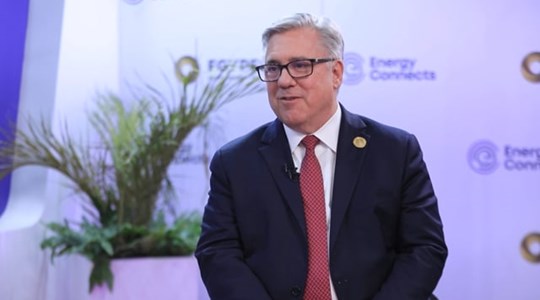
Chevron helping drive Egypt’s journey to become Africa’s energy powerhouse
Mar 11, 2024
Energy Workforce helps bridge the gender gap in the industry
Mar 08, 2024
EGYPES Climatech champion on a mission to combat climate change
Mar 04, 2024
Fertiglobe’s sustainability journey
Feb 29, 2024
P&O Maritime Logistics pushing for greater decarbonisation
Feb 27, 2024
India’s energy sector presents lucrative opportunities for global companies
Jan 31, 2024
Oil India charts the course to ambitious energy growth
Jan 25, 2024
Maritime sector is stepping up to the challenges of decarbonisation
Jan 08, 2024
COP28: turning transition challenges into clean energy opportunities
Dec 08, 2023
Why 2030 is a pivotal year in the race to net zero
Oct 26, 2023Partner content

Ebara Elliott Energy offers a range of products for a sustainable energy economy

Essar outlines how its CBM contribution is bolstering for India’s energy landscape

Positioning petrochemicals market in the emerging circular economy

Navigating markets and creating significant regional opportunities with Spectrum




